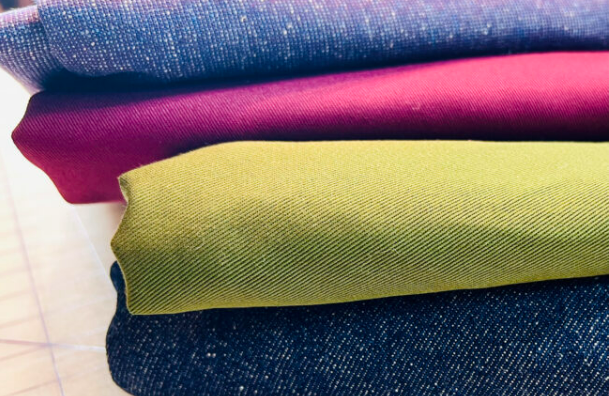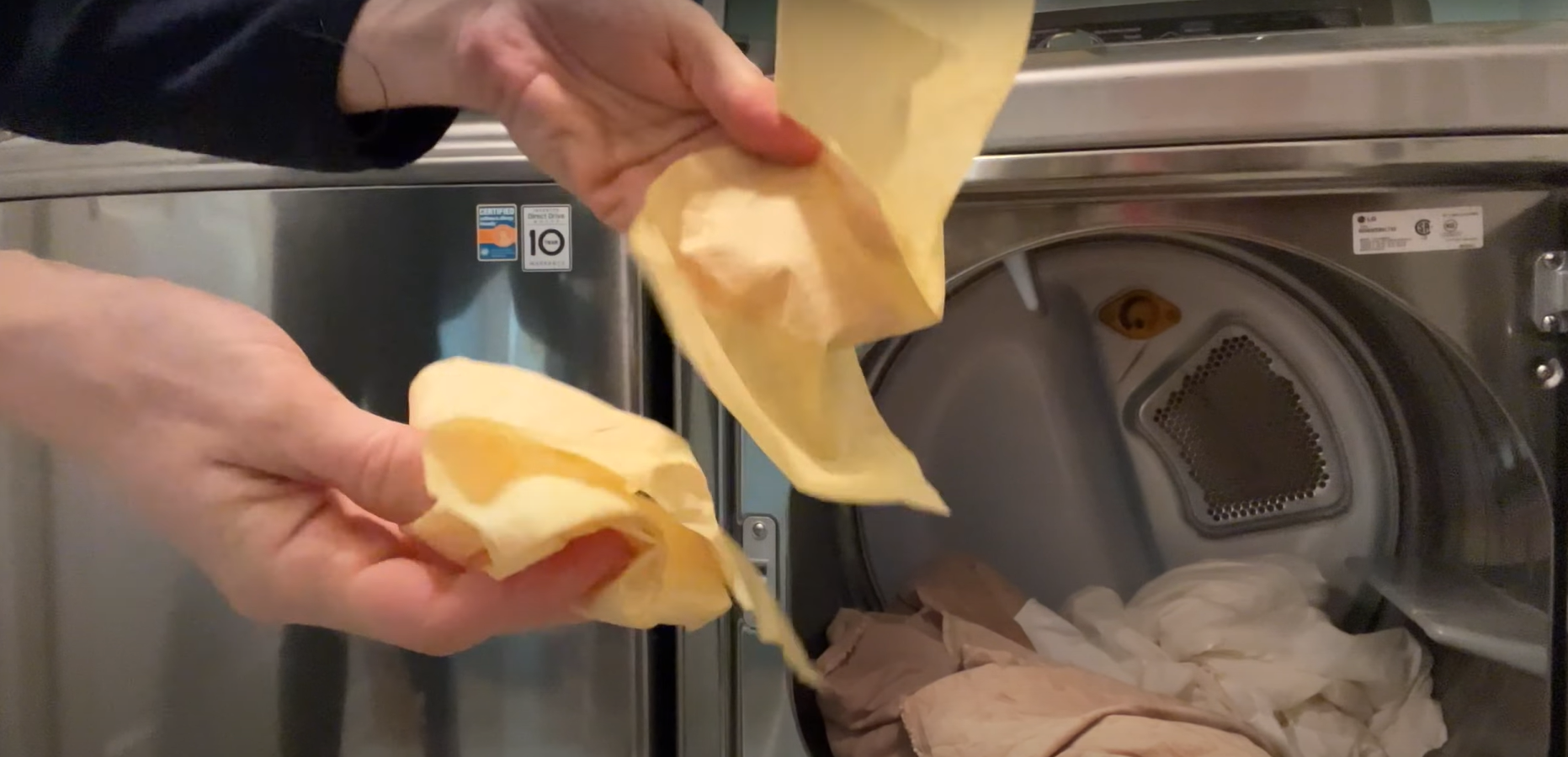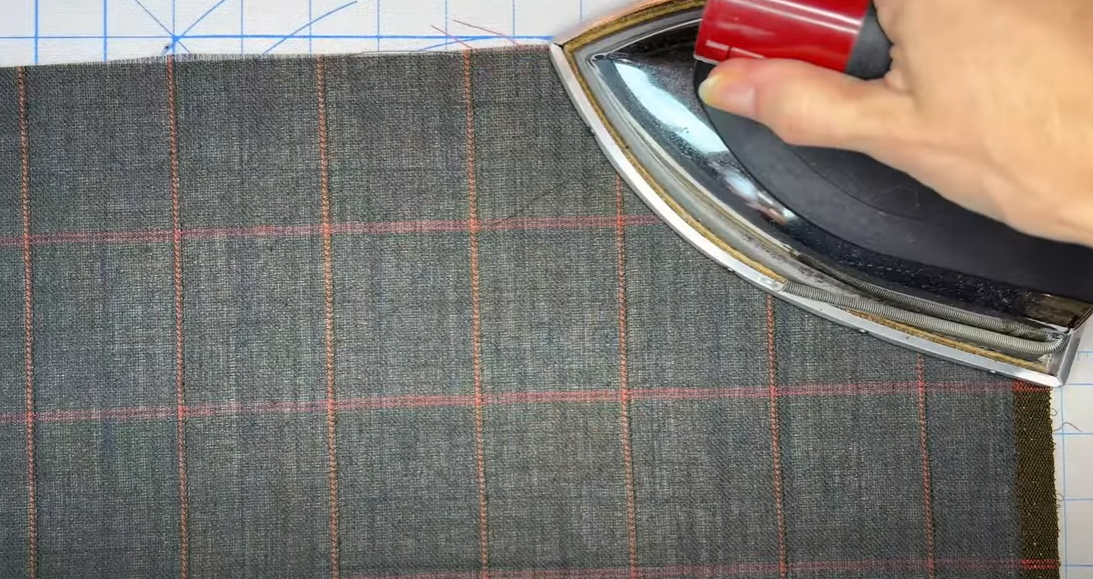Unravel more about the complexities embedded with the process of shrinking fabrics, the factors which affect the shrinking process and the substratum with samples made from natural made of fabrics starting from the robust synthetic fabrics like polyester and nylon to fairly delicate fabrics like silks and chiffons. Obtain essential knowledge about fabrics to decipher how each type of fabric behaves with heat the, moisture affect it and also how it withstands agitation. Follow simple rules on how to prevent your clothing from shrinking and keep your clothes both looking like new and intact for a very long time.
Methods on How to Preshrink Fabric

One crucial process must be done to get rid of the possibility of your finished sewing clothes and sew garments to shrink immediately after they are made. Here are some common methods for preshrinking fabric:
Washing Machine Method:

- Wash the fabric with cold water of the washing machine.
- Do not use a hot cycle and use only a mild soap.
- Preferred washing technique should not involve the use of hot water or vigorous washing since this leads to shrinkage or damage of the pre washed fabric.
- It is then advisable to dry the garment without ironing inside a dryer on low heat or letting it get slightly wet when aired.
- To freshen up, iron the fabric with a warm iron when it is still damp.
Hand Washing Method:

- Take cold water and half-fill a basin or bathtub and then add a little amount of the mild detergent.
- Place the fabric into water and then swirl it or move it back and forth in water for several minutes.
- Allow the fabric to stay immersed in the solution for to about 20-30 minutes.
- Wash the fabric well in cold water to ensure that all the detergent is washed off the fabric.
- Remove as much water as possible without twisting the fabric by rolling it between your hands.
- Spread the fabric on a towel then roll it up to drain additional water off it as much as possible.
- It is highly advised to press the fabric with a warm iron while the fabric is still damp.
Steam Method:

- Drape the fabric in a bathroom that has a hot shower or use a portable hand-held steam cleaner and iron to give the fabric a good steam ironing.
- Make sure that the fabric doesn’t soak with too much water, this may cause spot or uneven shrinking of the fabric.
- When done steaming, allow the fabric to cool and dry naturally that is without the use of a dryer.
Professional Pre-Shrinking:

- Pre-washing services are available in some fabric shops since the fabric goes through washing and drying before it is sold.
- Sometimes it can be more appropriate to use dry cleaning if you are using a lot of fabric or if you do not have time or equipment to pre-shrink it.
However, it is best to adhere to the instructions of the manufacturing process of the fabric one wishes to sew to enhance the sewing process and gain the best results. Some fabrics are likely to shrink more than others; thus for other fabrics, it prudent to pre-wash a small swatch before pre-shrinking the full yardage.
How Fabric Type Affects Shrinking
The type of material used in the garment construction can influence the amount of shrinkage for the garment during air dry and after being washed. Various kinds of fabric possess certain characteristics that influence their behaviour when subjected to heat, water and rubbing which are responsible causes of shrinkage of garments. Here’s a breakdown of how various fabric types can be impacted:
Natural fibers (such as cotton fabrics, linen, wool or animal fibers)
- Cotton: It is well known that cotton fabric is also highly to be pre shrunk or washed in cool water and dried in tumble dryer. This is the case because the cotton fiber shrinks when exposed to heat and moisture hence the fabric will shrink.
- Linen: The fabric also has a tendency of shrinking, albeit not as dramatically as cotton does. It tends to become narrower more in the length than in the width.
- Wool: When wool is subjected to agitation and heat the fibers are compressed and thus tightened and becomes felted. But nonetheless, wool’s shrinkage can be prevented if it is washed by hand in cool water most of the time.
Synthetic fibers (such as polyester, nylon, acrylic)
- Polyester: This fabric is relatively dry and is less sensitive to heat and moisture and this makes it relatively resistant to shrinking. Nonetheless it can shrink if is exposed to high heat for instance in a very hot dryer.
- Nylon: Nylon is also a non shrinking fabric but as mentioned earlier, it becomes deformed under high heat. But it is not likely to shrink as much as natural fiber would shrink when washed in water.
- Acrylic: Normal washing is not a problem for acrylic as it, like polyester and nylon, does not shrink easily. Nevertheless, its high heat performance is not suitable because it deforms at high temperatures.
Blends (such as cotton-polyester blends)
- Blends depend on the specific characteristics of the numerous types of fibers; as such, the shrinking characteristics may alter based on the ratios of the distinctive fibers used in the blend. Therefore, the higher the proportion of synthetic fibers in the blend, the web will shrink less than the one containing natural fiber/s.
Delicate fabrics (such as silk, satin, chiffon, lace):
- Silk: Silk is a rich soft natural fiber obtained from secretions of silkworms used to make fabric. This product is processed and is heat sensitive which makes it contract and if agitated it loses it form.
- Satin: Satin is characterized by a smooth and shiny surface and can be made from silk or polyester or the two combined. Satin is not very reactive to shrinking as is the case with many fabrics, but nonetheless it can shrink when it comes into contact with heat and moisture.
- Chiffon: Chiffon is a light and thin material that can be made of silk, polyester or nylon and it is semi-sheer. It is quite fragile and when washed, it can shrink or develop that odd shape which is quite unpleasant.
- Lace: Lace is a beautiful type of material well known for its gorgeous designs that is generally produced from cotton, silk or synthetic material. It will become smaller or deform if exposed to heat or if vigorously shaken.
Conclusively, natural fibers such as cotton and linen are more likely to have shrinkage occurs particularly when washed with hot water or dried under high temperatures. Products developed with synthetics such as polyester and nylon are less likely to shrink but they can melt under heat. Blends reflect a compromising situation between the characteristics of various kinds of fibers and can shrink less comparing to true natural fibers. Despite the type of clothes, special attention to laundry and following final garment care instructions will reduce shrinking to the barest minimum.
Conclusion
Fabric pre-shrinking is a proactive approach that is taken to reduce any chances of shrinkage on the garments. Therefore, it is essential to decipher characteristics of fabrics of different types, in order to be able to define the correct pre-shrinking treatment. For natural fibre such as cotton, linen etc it is recommended that the fabric be washed in cold water and should be line dried or tumbling dried in low temperature can also help to set the stretch of the fibres and prevent further shrinkage. Some of the fabrics that are very sensitive to washing include the silk, chiffon and these should only be washed by hand and should also be aired. Polyester and nylon are examples of synthetic fabrics that do not shrink as much as natural fabrics but the pre-shrinking techniques which can be applied include steam pressing, air drying or low heat tumbling. When done correctly and as per the recommended guidelines on how to pre-shrink and pre-treat fabric, pre-shrinking avoids situations where garments shrink and alters in shape thereby extending their usability and the satisfaction of the people wearing them.


